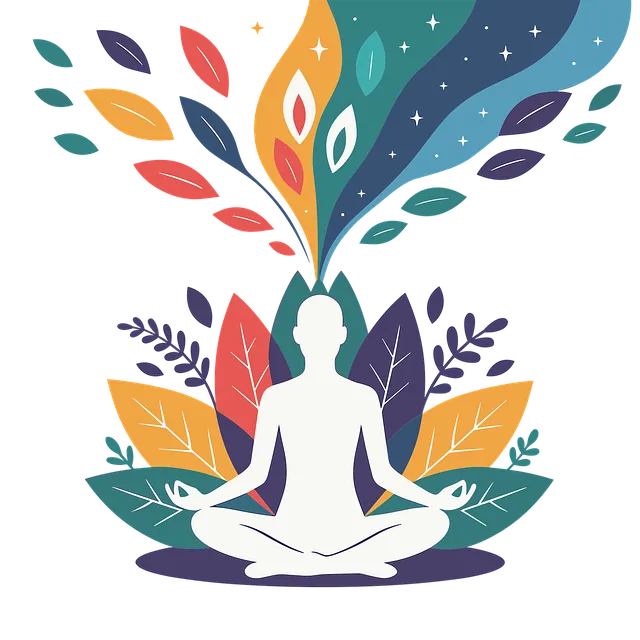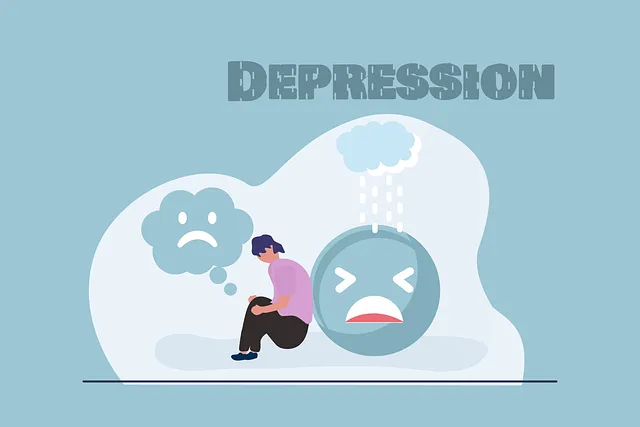In today's digital era, mental wellness apps are revolutionizing access to care, offering personalized resources like self-care practices, conflict resolution techniques, and coping skills development. These apps, including those catering to areas served by the Kaiser Permanente mental health phone number in NorCal Northglenn, leverage technology to provide guided meditations, mindfulness exercises, and virtual therapy sessions. Success hinges on strategic planning, deep understanding of user needs (especially from demographics like those served by Kaiser), intuitive interfaces, evidence-based practices, personalized features, burnout prevention for healthcare providers, and alignment with mental health policy advocacy to meet diverse community needs effectively.
In today’s fast-paced world, mental wellness apps are becoming indispensable tools for promoting psychological well-being. With organizations like Kaiser Permanente recognizing their potential, these digital solutions are gaining traction, especially in diverse communities like NorCal and Northglenn. This article explores the growing need for mental health apps, delves into key features that make them effective, and provides a comprehensive development process guide to ensure success, drawing insights from regional perspectives.
- Understanding the Need for Mental Wellness Apps
- Key Features and Functionality to Include
- Development Process and Considerations for Success
Understanding the Need for Mental Wellness Apps

In today’s fast-paced world, mental wellness is a growing concern for individuals across various demographics. The need for accessible and personalized mental health support has never been more apparent, especially in regions like Northglenn where organizations such as Kaiser Permanente serve communities through their mental health phone numbers in NorCal. With increasing awareness about the importance of mental well-being, there is a growing demand for innovative solutions that cater to diverse needs. This is where mental wellness apps step in, offering convenient and confidential resources to help users navigate stress, anxiety, and other common mental health challenges.
These apps are not just a trend; they fill a significant gap in the market by providing Self-Care Practices, Conflict Resolution Techniques, and Coping Skills Development tailored to individual users. By leveraging technology, mental wellness apps have the potential to revolutionize access to care, ensuring that support is available when and where it’s needed most, whether it’s through guided meditations, mindfulness exercises, or virtual therapy sessions. This shift towards digital solutions can help reduce barriers to care and make professional support more accessible, particularly for those who may face challenges in traditional healthcare settings.
Key Features and Functionality to Include

When developing a mental wellness app, incorporating key features that cater to diverse user needs is essential. One such feature is integrating a help section with resources and tools for immediate support. Users can benefit from a directory listing local healthcare providers, including those from Kaiser Permanente mental health phone number Norcal Northglenn, to easily connect with professionals in their area. This accessibility is crucial, especially during moments of crisis.
Additionally, the app should offer personalized plans tailored to individual preferences and needs. Incorporating features for tracking moods, setting goals, and receiving tailored recommendations for mindfulness practices or Trauma Support Services can significantly enhance user engagement. These tools, combined with educational content on Emotional Healing Processes, contribute to a comprehensive approach, ensuring users have access to both immediate relief and long-term wellness strategies.
Development Process and Considerations for Success

The development process of a mental wellness app requires careful planning and consideration to ensure its success in addressing the growing need for accessible mental health support. It begins with thorough market research, identifying gaps in existing solutions and understanding user needs, especially from demographics such as those served by the Kaiser Permanente mental health phone number Norcal Northglenn. This stage is crucial for defining the app’s unique value proposition.
Next, designing an intuitive user interface and implementing effective communication strategies are essential. The app should offer personalized features tailored to individual users while incorporating evidence-based practices. Incorporating burnout prevention strategies for healthcare providers can also be beneficial, ensuring that both users and support staff maintain healthy work-life balances. Moreover, the mental health policy analysis and advocacy aspects should be considered to align the app’s functionality with broader societal changes and needs.
Mental wellness apps have become increasingly important tools in addressing the growing need for accessible and personalized support. By incorporating key features such as mood tracking, mindfulness exercises, and community forums, developers can create effective solutions that cater to diverse user needs. As evidenced by the success of programs like Kaiser Permanente’s mental health phone number services in NorCal and Northglenn, these applications have the potential to reach a wide audience and significantly contribute to improved mental wellness outcomes. Through careful consideration of user privacy, evidence-based practices, and ongoing feedback, developers can ensure that their apps remain valuable resources for those seeking support.






